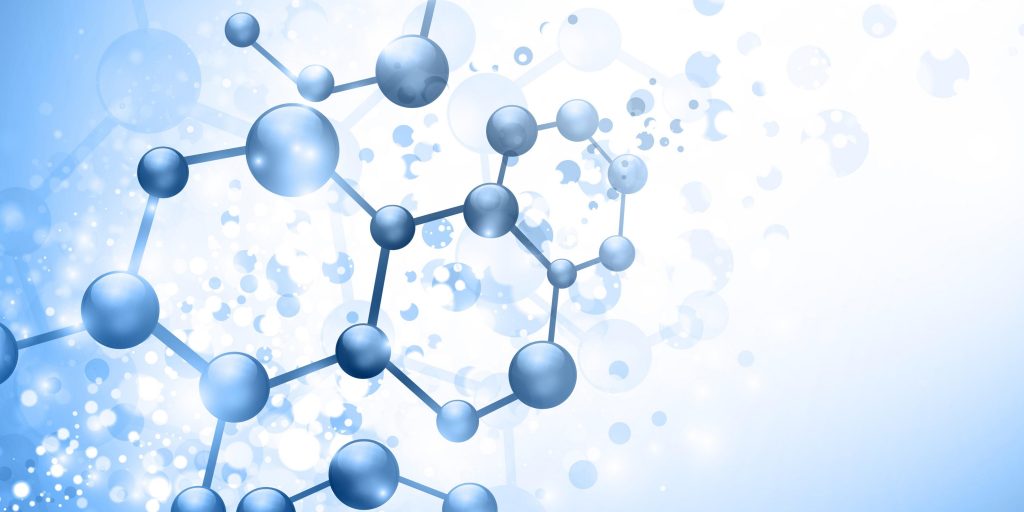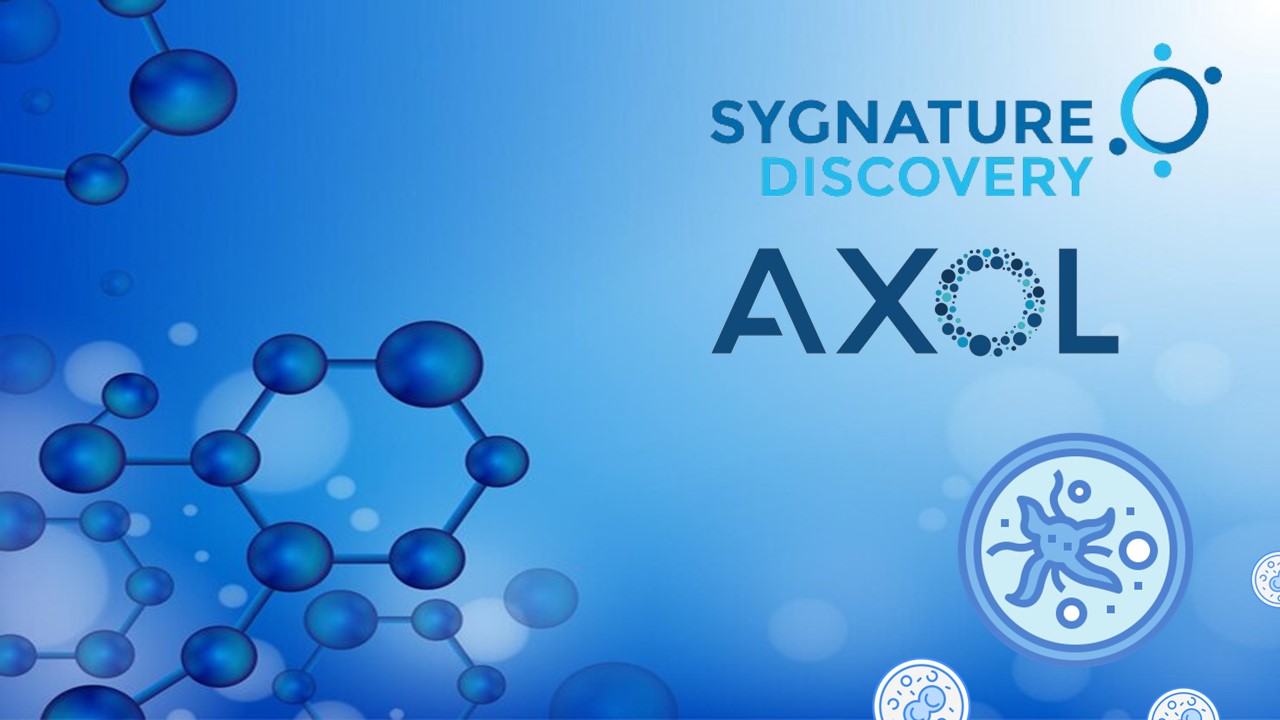
By 2028, the hydrogel-based drug delivery system market is estimated to be worth $10.29 billion. The unique and tuneable properties of hydrogels has made them attractive candidates for drug delivery systems across many therapeutic areas, oncology especially. With advantages of localised drug toxicity at target site, sustained drug release, and great biocompatibility, the market of hydrogel-based drug delivery systems continues to grow at rapid rate.
A hydrogel refers to a type of 3D network of polymers, making it highly absorbent, but unable to be dissolved in water – this key characteristic occurs as a result of the vast cross-linking within the network structure. Many hydrogels are synthetic, however some are derived from nature, gelatin for example.
Hydrogels have received significant attention due to their unique properties, and have been used in many branches of medicine including cardiology and oncology; in recent years, researchers have been investigating the viability of hydrogels as a novel approach to drug delivery.
Advantageous properties
One of the key advantages as a drug delivery system, is the high water content of hydrogels, which is around 70-99%, providing a physical similarity to organic tissue – this makes them highly biocompatible, a desirable characteristic for a drug delivery system. Secondly, because they are formed in aqueous solutions, there’s less chance of drug denaturation, which can arise with exposure to organic solvents.
Hydrogels also possess a wide range of mechanical properties, thanks to the cross-linked polymer network – more importantly however, these properties can be refined and tuned. The stiffness of hydrogels can be tuned to match specific soft tissues within the human body.
By matching the drug delivery system, in stiffness, to the tissue target site, scientists are increasing the chance of successful payload delivery – if a drug delivery system is designed to penetrate soft tissue, but is attempted to be used in more dense regions, the likelihood of successful drug delivery is lower.
Another advantage of this cross-linked network, is the ability of hydrogels to impede the penetration of various proteins, like enzymes. This is believed to protect the “bioactive therapeutics from premature degradation by inwardly diffusing enzymes.”
Hydrogels are also extremely versatile in terms of their method of delivery – they have been applied to oral administration route, local parenteral route, as well as topical/transdermal route and the ocular route.
The drug delivery systems continue to be popular due to their ability to provide spatial and temporal control over the release of various therapeutic agents – from small molecules, to proteins, to nucleic acids, make an attractive drug delivery system for many applications.
How are these systems designed?
Hydrogels differ greatly in size, structure, and function – these define the features that dictate how they can be used for drug delivery. Although some design features are required in all hydrogel delivery systems, some are specific to the desired therapeutic application.
Mesh size, bioadhesion and toughness are the three key properties which can be tuned to alter how the drug is released in order to achieve desired therapeutic outcome, required duration of drug availability, and its release profile.
The mesh size determines how the drugs diffuse through the hydrogel, and therefore, controls the release duration. A small drug relative to the mesh size diffuses rapidly through the hydrogel, consequently resulting in a short release duration. However, when the size of the drug approaches the mesh size, the drug release is dramatically slower, making for a more controlled release duration.
The bioadhesion properties of hydrogels is particularly important, because a hydrogel that can adhere well to the epithelium of the target region, can prolong the retention time of the delivery system, and provide sufficient drug dose for the desired therapeutic effect.
Refinement of these properties continues within research and development, however, the popularity of these drug delivery systems continues to grow – more recently, hydrogels have demonstrated significant potential in cancer research.
Application of hydrogel-based drug delivery: Oncology
Hydrogels have been widely used for tumour drug delivery for a number of years. They have demonstrated sustained delivery of therapeutics at tumour sites, thanks to the crosslinked 3D network of the polymer chains; in this way, they also show a reduction in side effects compared with systemic chemotherapy, as the drug toxicity is localised within the tumour area.
Recently, an article published on cancer research uk (CRUK) described how hyaluronic acid-based hydrogels could prove to be a suitable drug delivery system for paediatric brain tumours.
Among paediatric brain tumours, ependymomas are the third most common type, and incurable in up to 40% of cases. The use of chemotherapy in these cases is limited by the accessibility to the target site, hindered by the blood brain barrier (BBB).
Novel drug delivery systems like hydrogels have been suggested as a potential way of overcoming challenges like the BBB, enabling a more targeted approach to treating the tumours. In this article, it highlighted recent preclinical studies in rodent models that showed promising results using hydrogel-based drug delivery systems when combined with resection surgery and radiation therapy.
The biodegradability and viscosity of hyaluronic acid-based hydrogels enables, was emphasised as a key characteristic, in addition to the mechanical properties which can be designed to modulate the release profile and carry various therapeutic agents. It was reiterated that this was a key feature, “because the release rate of the drug can be tailored depending on how many tumour cells remain in the cavity surroundings and how fast tumours recur.”
Research investigating the viability of hydrogel-based delivery systems in this context is ongoing, however, early multimodal preclinical studies are already underway and showing positive results. Not only could this impact treatment for aggressive neurological tumours, it could also support targeted drug delivery for a vast array of neurological disorders, especially those with target sites within the brain.
Charlotte Di Salvo, Editor & Lead Medical Writer
PharmaFeatures
Subscribe
to get our
LATEST NEWS
Related Posts

Featured
Sygnature Discovery Teams Up with Axol Bioscience to Unleash Human iPSCs’ Power
Sygnature Discovery partners with Axol Bioscience to explore hiPSC-derived microglia for antineurodegenerative drug discovery.

Featured
Democratizing Clinical Research Access, A Walmart Commitment
WHRI inauguration to increase community access to healthcare research.
Read More Articles
Synthetic Chemistry’s Potential in Deciphering Antimicrobial Peptides
The saga of antimicrobial peptides unfolds as a testament to scientific ingenuity and therapeutic resilience.












